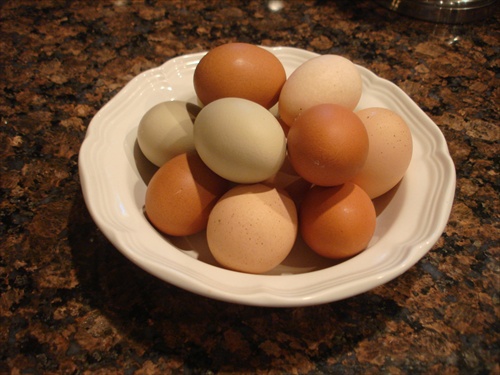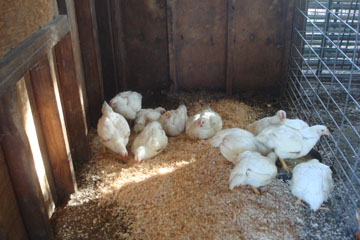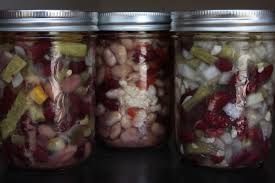Archive for August, 2015
Why Every Homestead Needs a Crock Pot
A busy schedule. After school activities. Lambing, kidding, calving, farrowing season. Any day, really. There’s no day that a slow cooked meal in a crock pot won’t serve. With busy modern lives it’s partly about the convenience–the crock pot meal frees the cook from the kitchen. But, it’s also that a slow cooked meal provides a lot more than just a meal…a whole lot more.
When DD was young, raising animals, showing sheep, playing volleyball, and attending 4-H meetings it was a hard worked crock pot that made it possible for us to eat a warm hearty meal at the end of a long and busy day rather than swing by some fast food joint for a quick bite. It was so nice to come home hot, sweaty and tired, open the front door and immediately inhale the aroma of a simmering beef stew, lamb shank or Italian chicken. And, I knew that in the length of time it took DD to shower and slip into a soft cuddly pair of sweat pants I could make a salad and heat up a loaf of bread or a few dinner rolls, rounding out the crock pot dish to a truly wonderful meal.
It’s certainly true that a crock pot meal is delicious by definition. That any combination of meats and vegetables cooked through with a savory sauce is the star attraction of any meal. And, yes a crock pot meal is pretty much hands off and will provide plenty for leftovers or to be frozen for later consumption. But, when we think back on those busy days it’s not the tasty meal we remember. It’s the time we had together after a long day. Instead of scurrying around, stirring pots, sifting flour or baking, trying to get dinner on the table we spent time talking about our day, the milestones in our lives and our dreams for the future. For good or bad, what we remember was the time spent together, really being together. All we had to do to have a quality evening was put some meat and vegetables in a pot, pour in the liquid, place the lid on and set it to low before we started our day.
Pulling the lid off the crock pot, with all that steam surging up made the whole day special. It gave us an extra hour of family time, of laughter, of cuddling, of tranquility, of love. Crock pot cooking can give you extra “me” time, extra alone time, extra solace, extra time talking to friends or relatives instead of worrying about what’s for dinner. So–each time you enjoy or, better yet pass down your favorite crock pot recipe, remember that those dishes are just the by-product. What the crock pot really gave you was time well spent as a family.
Frugal Friday – Water, a Precious Resource
We hardly think about the amount water (or other liquids) wasted each time we dump a glass of ice, a partial glass of tea, or a pot of water from cooking and canning. Even emptying the glasses from the dinner table will surprise you. To save this precious resource, keep a pitcher near the kitchen sink as a collection pot for all that liquid, then use it on potted plants. Careful, though, hot water should be cooled completely before using on plants.
You’ll be amazed at how much you collect on a daily basis.





Recent comments
Aenean nonummy hendrerit mauris. Phasellus porta.